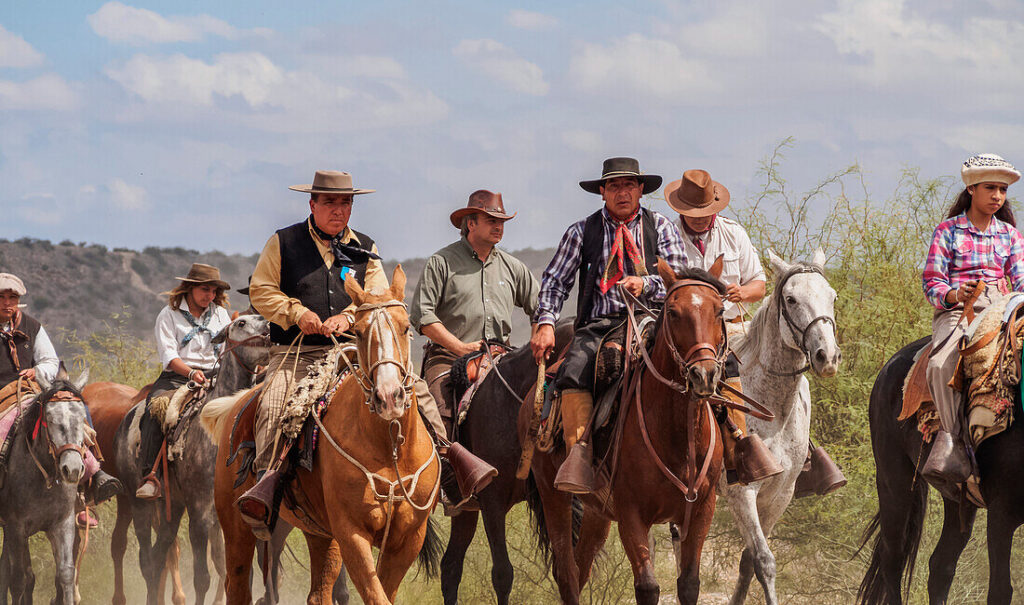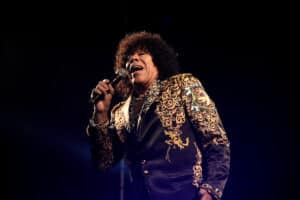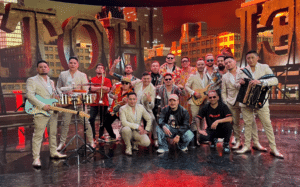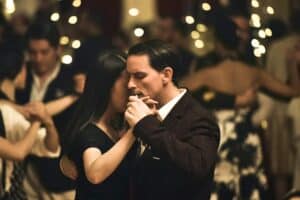Tango in Argentina: A Journey Through Passion and Culture
Tango, the soulful dance that has captivated hearts worldwide, is deeply rooted in Argentina’s cultural fabric. This blog post delves into the essence of Tango, exploring its history, cultural significance, iconic songs, famous artists, and where to experience it. Whether you’re a Tango enthusiast or a curious newcomer, this journey will leave you enchanted.
What is Tango?
Tango is more than just a dance; it’s a cultural phenomenon born in the late 19th century in Buenos Aires and Montevideo. Emerging from African and European influences, Tango evolved into a unique expression of emotion, characterized by dramatic movements and improvisation. Its rise to global fame in the early 20th century, particularly in Paris, cemented its place in world culture.
Cultural Meaning of Tango
Tango is a mirror of Argentine society, reflecting themes of love, nostalgia, and social struggles. It’s a dance of connection, often telling stories of everyday life through its movements and music. The milonga, a social Tango event, is where people gather to dance, socialize, and share experiences, embodying the communal spirit of Tango.
Iconic Tango Songs
Certain songs have become synonymous with Tango, each carrying its own emotional weight. “La Cumparsita” by Gerardo Matos Rodríguez is a classic, often considered the anthem of Tango. Other notable pieces include “El Choclo” by Ángel Villoldo and “Adiós Nonino” by Astor Piazzolla, each offering a unique flavor of Tango’s musical richness.
Famous Tango Artists
The world of Tango boasts legendary figures who have shaped its artistry. Carlos Gardel, the iconic singer, brought Tango to the silver screen, while bandoneon maestro Astor Piazzolla revolutionized Tango with his Nuevo Tango style. Dancers like Juan Carlos Copes and María Nieves have redefined Tango’s expression, leaving an indelible mark on its history.
Where to Experience Tango in Argentina
Argentina offers numerous venues to immerse yourself in Tango. From the historic Café Tortoni in Buenos Aires to the vibrant milongas like La Viruta, these spots are where Tango comes alive. The Feria de San Telmo and Festival Internacional de Tango are must-attend events for any Tango enthusiast.
A Glimpse into Tango’s Evolution
|
Era |
Style |
Key Figures |
Notable Works |
|
Early 1900s |
Traditional |
Carlos Gardel |
“Mi Buenos Aires Querido” |
|
Mid-1900s |
Golden Age |
Juan D’Arienzo |
“La Cumparsita” |
|
Late 1900s |
Nuevo Tango |
Astor Piazzolla |
“Adiós Nonino” |
This table highlights Tango’s evolution, showcasing how each era contributed to its rich tapestry.
Conclusion
Tango in Argentina is a testament to the power of cultural expression, weaving together music, dance, and storytelling. Whether you’re dancing in a milonga or listening to its soulful melodies, Tango offers a profound connection to Argentina’s heart and soul. So, take a step into the world of Tango and let its passion envelop you.






